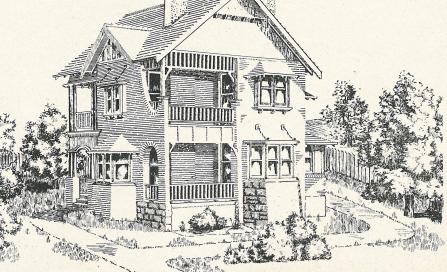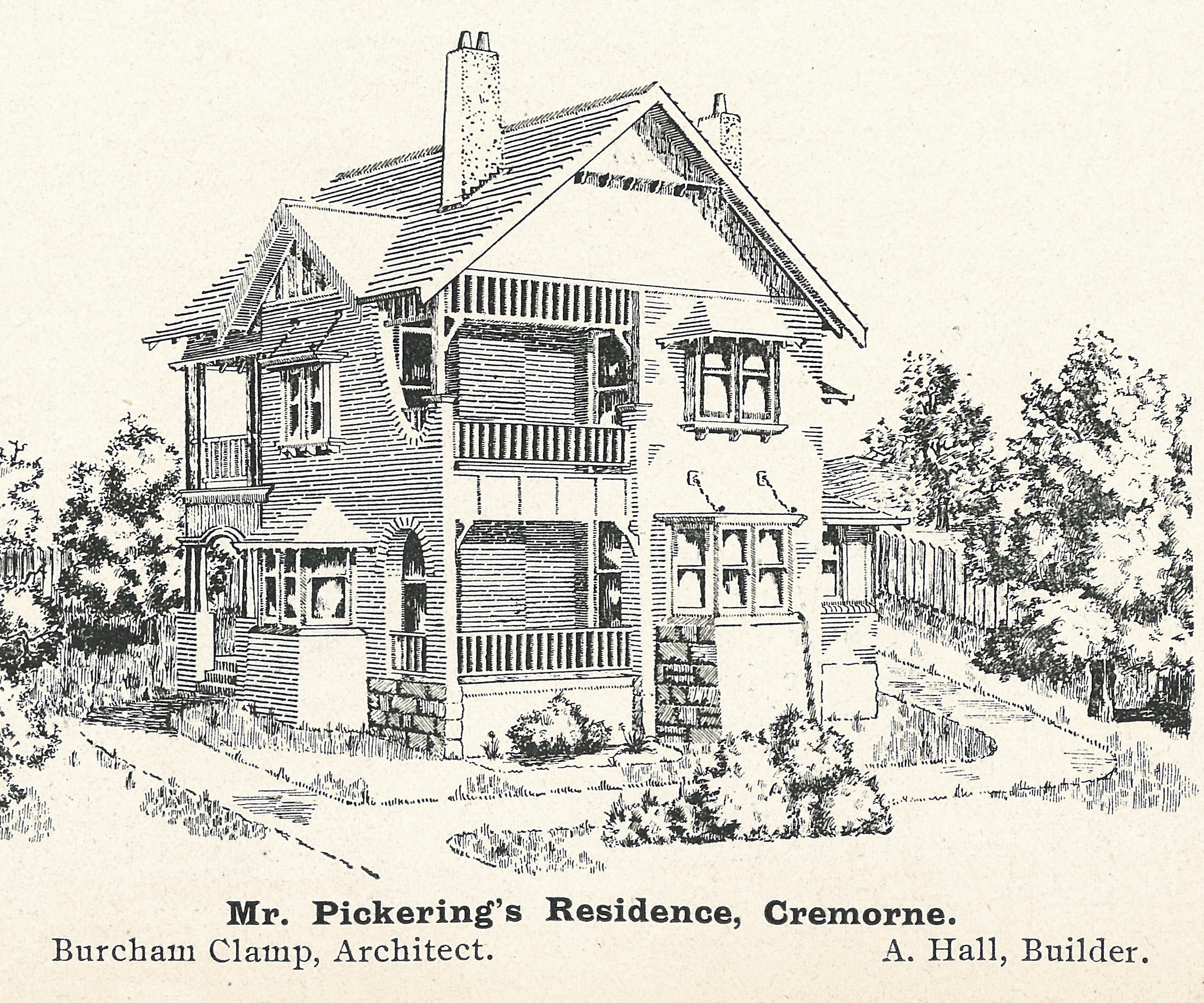|
House DesignThe domestic architecture of Sydney and, by extension, North Sydney has strongly reflected its British origins.Two broad streams of influence or traditions were apparent here, just as they were in the United Kingdom from the late 18th century through to the first half of the 20th century. There was the continental and a ‘home-grown’ Britishness. From Europe came a respect for classical form. It was classical architecture, the buildings of Rome particularly, that was ascendant in Britain when Australia was colonised in the late 18th century. The period from the mid-17th century through to the 1820s is known as the Georgian, after the four monarchs who reigned successively. The classically-inspired architecture of the time is, therefore, also called Georgian. The earliest structures in and around Sydney adhered to basic classical principles such as symmetry and often incorporated specific elements such as Doric or Tuscan columns. In later decades, the related architecture of Italy and the Mediterranean also found favour. The other, more explicitly British, tradition became apparent in Sydney from the second decade of the 19th century. Gothic Revival architecture looked to Britain’s medieval past for inspiration, and houses came to feature high pitched roofs and even the battlements of a castle or fort. In England AWN Pugin and John Ruskin did most to elevate the Gothic to a national-style, in opposition to the foreign or 'pagan' classicism. In the second half of the century architectural nationalism found expression in English Revival styles such as Arts and Crafts and Queen Anne. Gothic and English Revivalism were especially influential on the north shore of Sydney Harbour as development took hold in the latter half of the 19th century. The design of houses is, not surprisingly, often attributed to trained architects. Beauty and function have long been two guiding lights. Some architects worked within the accepted styles of the day, others sought to challenge convention. Some rediscovered older forms, as in the case of William Hardy Wilson and the Georgian Revival of the 1910s and 1920s. The Modernists of the 20th century, conversely, tended to reject the relevance of historical styles. Indeed they hoped to transcend style, and therefore transient fashion, altogether by paring down form in the service of function. But while many houses in North Sydney were architect designed, many more were not. Speculative houses, built to be sold upon completion, were usually erected by builders using standard layouts. Nonetheless, these people had some knowledge of contemporary design and taste. Architectural elements such as timber brackets, ironwork railings and decorative leadlight windows would be purchased from commercial suppliers and these reflected the dominant tastes of the era and often a high level of skill. These 'spec houses', therefore, can be fascinating examples of the manner in which taste permeates a culture. The stylistic terms used in this section follow generally those established in 1989 by Richard Apperly, Robert Irving and Peter Reynolds. Their work A Pictorial Guide to Identifying Australian Architecture has become the standard reference work for architectural historians and heritage professionals. However, in the interest of simplicity and comprehension, it is impossible to apply the 60+ terms used in that work to this outline of local architecture. The term ‘Georgian’ is used to refer to classically-inspired design, ‘English Revival/ Federation’ covers various styles that were popular before and just after Federation in 1901, and Modernism is used to embrace those styles that looked to the future rather than the past. |
|


